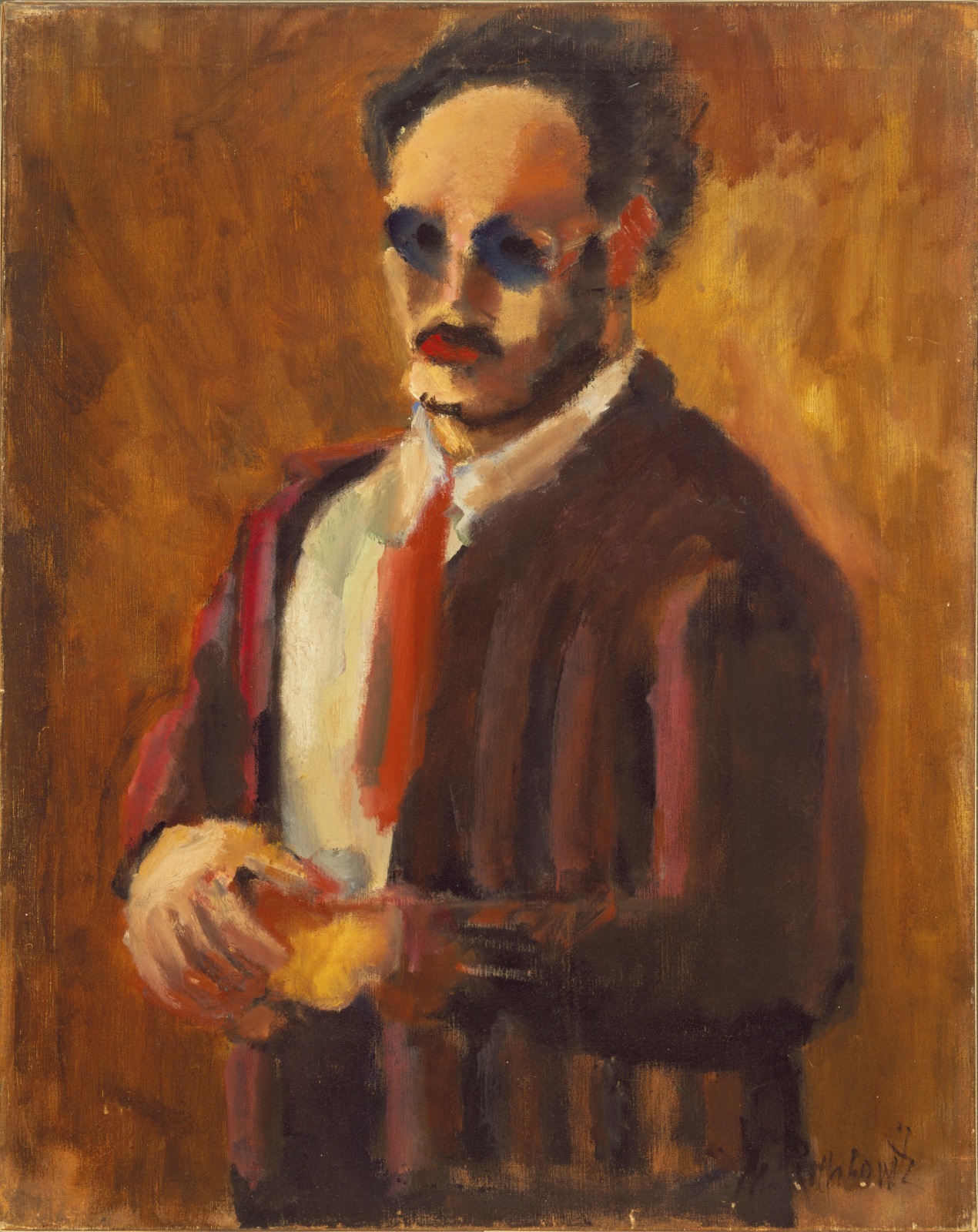Public Opening Friday, May 9, 2025 6 - 8 PM

Mark Rothko, Entrance to Subway {Subway Station/ Subway Scene}, 1938 © 1998 Kate Rothko Prizel & Christopher Rothko / Artists Rights Society (ARS), New York.
125 Newbury presents Gottlieb/Rothko: The Realist Years, a confluence of more than 30 works on canvas and paper by Mark Rothko and Adolph Gottlieb. The exhibition offers an intimate look at the artists’ friendship, mutual influences, and their parallel development during the 1920s and the 1930s. Their friendship began long before their pioneering roles in Abstract Expressionism, when both artists explored figuration in strikingly parallel trajectories, strongly influenced by the achievements of the School of Paris, German expressionism, and most of all their mentorship by Milton Avery. Gottlieb/Rothko: The Realist Years provides a fresh perspective on the artists’ transition from figuration to abstraction, and is particularly relevant at a moment when most contemporary artists seem to be anchored to figuration. The Realist Years, which could have defined careers in themselves, was a period through which these two artists matriculated in their evolution to becoming key figures of post-war American painting, renowned for their emotional use of color.

Adolph Gottlieb, South Ferry Waiting Room, c. 1929© 2025 The Adolph & Esther Gottlieb Foundation / Artists Rights Society (ARS), New York
Meeting in the late 1920s in New York City, Rothko and Gottlieb shared artistic aspirations, intellectual curiosity, and even studio space together. In the exhibition, two drawings, exhibited side by side, are each of a man seated in a chair playing a mandolin. One of these drawings by Rothko is a portrait of Gottlieb, and the other by Gottlieb is a portrait of Rothko. Through side-by-side comparisons of these early paintings and drawings, the exhibition reveals how both artists experimented with flattened pictorial space, bold contours, and symbolic imagery foreshadowing their later breakthrough into abstraction. Simultaneously, the exhibition underscores the divergences in their styles. Rothko’s figures are brooding and psychological, while Gottlieb’s compositions are lean, structured and classical in their representation.

Mark Rothko, Self Portrait, 1936 © 1998 Kate Rothko Prizel & Christopher Rothko / Artists Rights Society (ARS), New York.
This is clearly visible in Rothko’s striking 1936 Self-Portrait, a deeply introspective work that captures the artist’s intensity. Recently featured in the acclaimed Rothko retrospective at the Fondation Louis Vuitton in Paris, this painting exemplifies his early exploration of color as a tool to project mood. Gottlieb’s self-portraits from the same era are of a much more linear description, displaying his skill as a draftsman.
The exhibition offers a rare opportunity to see how the artist’s early explorations in figuration laid the groundwork for their revolutionary artistic philosophies. By examining this pivotal period, Gottlieb/Rothko: The Realist Years provides a fresh look at the formation of two artists who transformed the language of modern art. The exhibition closes with the juxtaposition of two transitional works linking figuration and surrealism, which would become the artists’ next stop en route to the sublime.